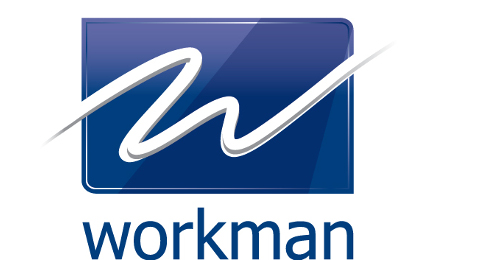Our clients and their occupiers are now becoming increasingly aware of the impact that Health and Well-Being is having on the business environment and consequently on the service that Property Managers are now expected to provide. Equally, as this emerging way of thinking continues to gather pace, so does the number of certification systems designed to measure the Health and Well-Being of buildings.
Fitwel is one of these new tools to emerge. The certification was developed following rigorous scientific research and has been praised for its straightforward and user-friendly approach to certifying buildings. In order to explore this in more detail and to develop the firm’s offering in this field, I recently took the FitWel Ambassador’s exam in order to be able to assess buildings to this new standard. Since then I’ve had many people ask me what exactly Fitwel certification involves and why is it worth obtaining.
Fitwel is an American creation born out of research carried out by the US Centre for Disease Control and Prevention and the General Services Administration. This means that Fitwel is still quite US-centric in its wording and approach. However the uptake of Fitwel certification outside of the US is now starting to gather pace and with more and more ambassadors being based in Europe, it is only a matter of time before FitWel becomes more global in its approach.
One of the biggest drivers of Fitwel’s success to date is that it is designed to suit all existing buildings and as such there are no prerequisites for certification. This means that there are no initial barriers or inhibiting costs that prevent projects from seeking certification and as a result uptake has been rapid.
Fitwel focuses on seven health impact categories that include:
- impacts on community health
- reductions in morbidity and absenteeism
- promotion of social equality for vulnerable populations
- promotion of feelings of well-being
- provision of healthy food options
- promotion of occupant safety
- promotion of increased physical activity
Certification for Fitwel is then based on a points scoring system that looks at performance across more than 60 strategies and how the seven health impacts feed into these. Each point that Fitwel certification requires is based on scientific data with features as diverse as providing a lactation room, proximity to local amenities and public transport and indoor air quality all commanding significant credits. It is worth stressing though that there is no expectation that buildings will tick all these boxes immediately – it is very much a tool to drive improvements.
The journey to Fitwel certification involves first registering a building on Fitwel’s online portal. Following registration, the nominated ambassador can then complete a scorecard with the help of building managers and from this an immediate benchmark is produced. This result does not need to be made public but rather helps provide a guide on how well that particular building or project has performed. If the aim is to then certify the building then users upload the required verification documents and submit this all for review. A rating is then created for the building from 1 to 3 stars.
We are now looking to achieve a Fitwel Certification for our Cheapside office as this will give us a very clear “in practice” experience on which to then base our work on the managed portfolio.
If anyone would like to find out more about FitWel or thinks they have an appropriate project that might benefit from FitWel certification then please do contact me at nick.hobbs@workman.co.uk.
This article was originally posted on the Workman website here.
